
The brochures, like my dream, lay scattered on the table. “The bus is full,” the man from the travel agency said. I was devastated; probably the number-one thing I’d wanted to do on this trip to Greece was walk Samaria Gorge on the island of Crete. It has such a reputation. Measuring 18 kilometres it’s the longest gorge in Greece and one of the longest in Europe, and is on every hiker’s bucket list… and now I couldn’t go.
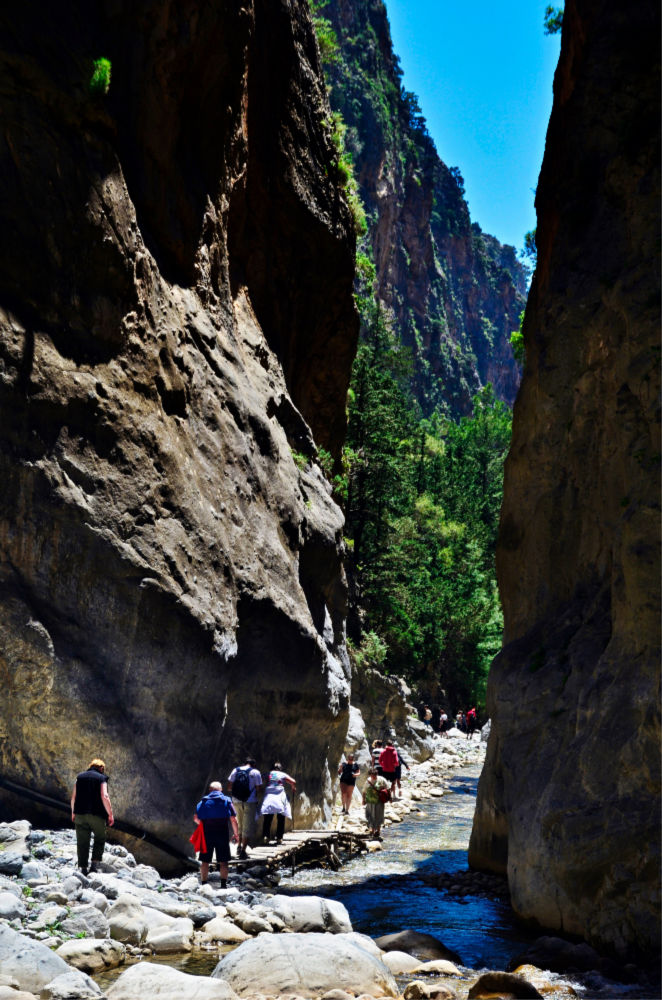
I’d either been to the travel agent personally or rung them four times; each time they’d told me to call back later. First (at 3pm) the bus was going, then (sometime after 5pm) the park would be open, but I was told to ring after 7pm, later if possible. So I called back at 8.30pm to find that the ferry connection was at last secure… but there was no seat for Ian on the bus.
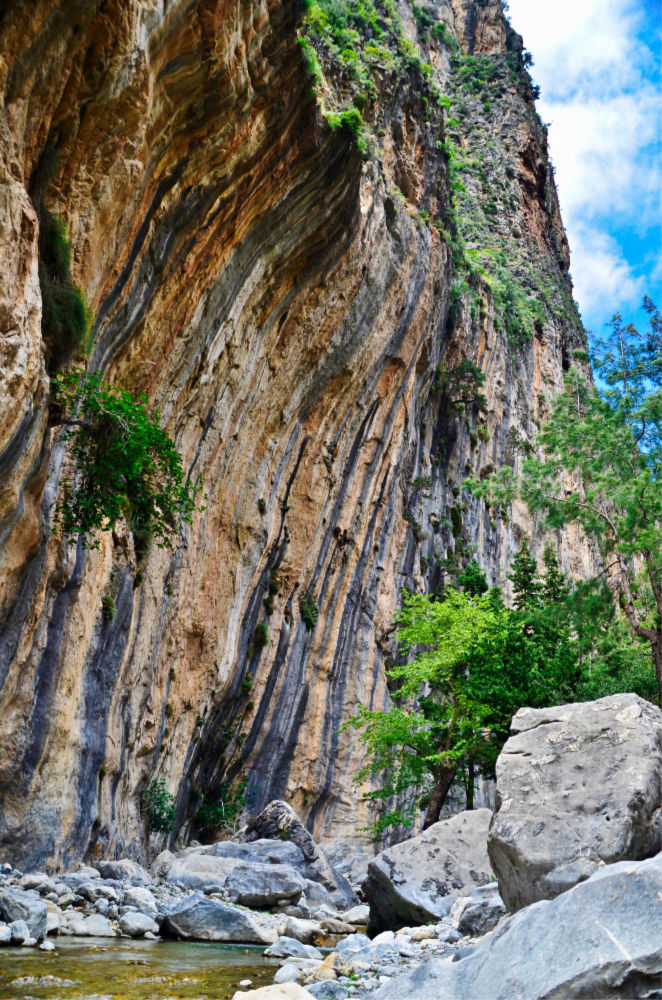
I vented my anger at how they knew I wanted to go but hadn’t held a seat for me when I was quite prepared to pay in advance. Then I handed the phone over to Lorraine – she does the anger thing much better than me – who told them what she thought. When I got the phone back the man was a little more apologetic. He took our phone number and said he’d see what he could do.

Mentally I moved on, we started talking about alternatives and I pushed Samaria to the back of my mind. Then, at around 9.30pm, the phone rang and a girl said they had arranged a seat for me on another bus, with their guide. Finally, the bus, the guide, the gorge rangers, the ferry and, most importantly, the weather, all came together on the first official day of the walking season. I was going.
It was an early start – Lorraine shunted me out of the room around 5.20am and I was on a cold concrete doorstep at 5.30am, watching the last revellers from the Protomagia (May Day) celebrations sway along the dimly lit alleyways. At the same time the new day was being ushered in as early morning food deliveries arrived and breakfast bars’ lights flickered on. I reflected it was like a changing of the guard.
I waited for 20 minutes, anxiety slowly building until a slightly overweight German man of a similar vintage to me rocked up. We greeted one another and when he mentioned his wife couldn’t make it I figured my seat on the main bus was secure at last, as I could take hers. And so it transpired.
The other trekkers, the guide and a Mercedes coach all arrived in quick succession and we slowly rolled out of Chania, the city on the northwest coast of Crete that was our starting point. The 90-minute trip was relentlessly winding, taking us up into the White Mountains where 57 peaks of more than 2,000 metres are to be found. Orange trees were everywhere until we stopped at our starting point, soon after broaching the 1,200 metre mark.
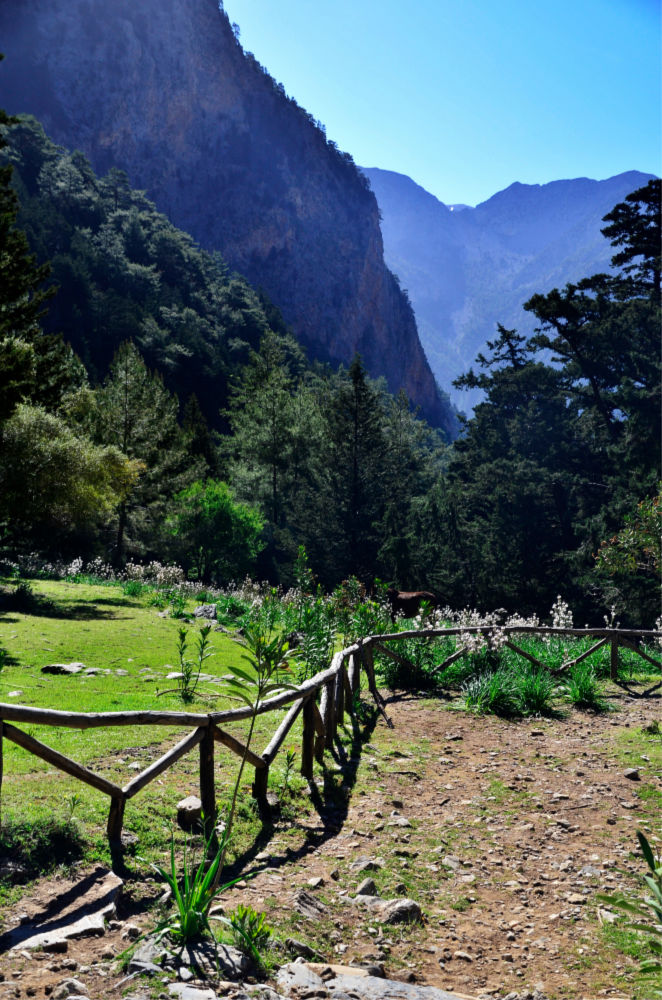
Here, seemingly so incongruous in this remote location, there’s a cafe. That they did an immediate roaring trade moments after we pulled up goes without saying. I tucked into a tasty apple pie with a hot-chocolate chaser before getting my park pass from Eftichis, our guide. We all set off randomly down the uneven path that’s interspersed with steps every 10 metres or so.
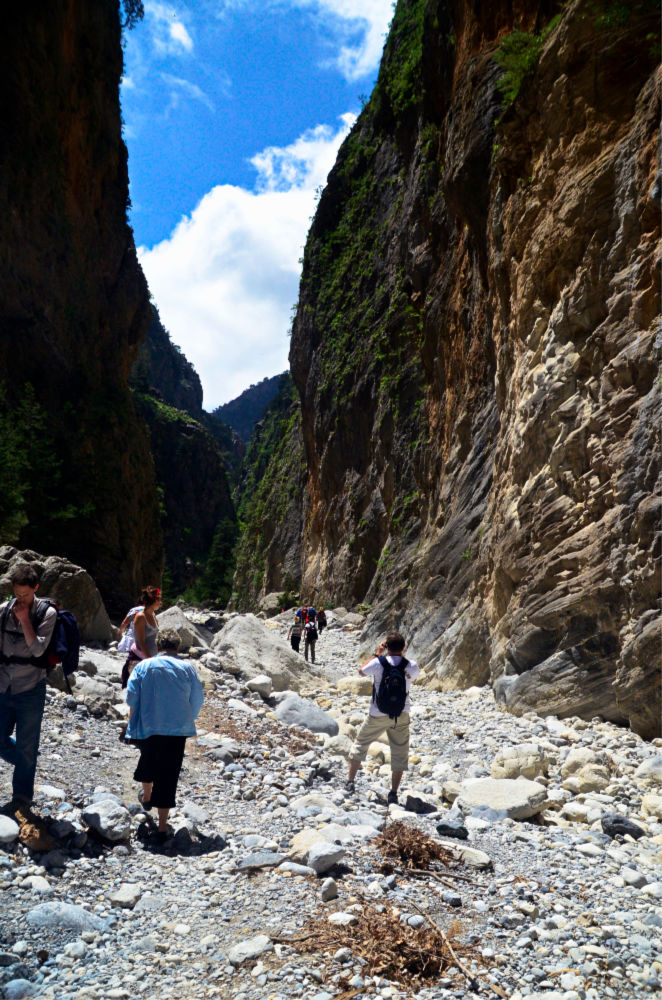
Above us, beacon-like in the morning sun, glowed the stark dolomite peak of Mount Volakia. We stopped to rest from time to time, bearing in mind Eftichis’ advice to “take your time”. When we reached the one-kilometre mark there was a certain amount of joy knowing that we were actually getting somewhere. We descended further; this is not an easy walk. Though the path may be wide, it’s the constant downward angle and uncertain footing that take their toll, particularly on your lower legs.
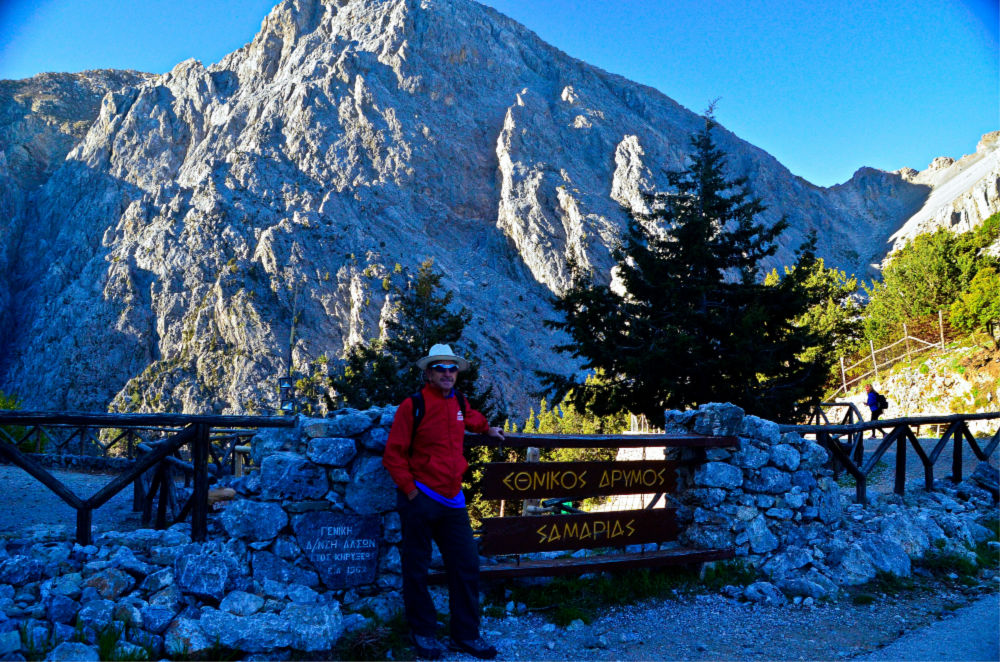
I continued down the path, the shadows becoming more intense beneath the branches of pine trees. Around another turn and the spring leaves of a plane tree sparkled in the backlight of the sun. Then the path’s steps disappeared and we were left with just rubble to walk on, descending more than 900 metres in four kilometres.

At 3.8km the first major stop with toilets is advertised. It’s welcoming until you discover that they’re of the squat variety. The stop was nigh when Eftichis caught up, sweat pouring out of him. When we stopped, he sat me next to one of the rangers. Eftichis knew all of them – he’d worked as one for the previous 20 years, but this year they hadn’t renewed his contract, which was a bit of a sore point.

Then a female guide who had also worked as a ranger sat down and, as I asked some pointed questions of them all, interesting facts emerged. There are signs en route warning of rock falls; in the last 30 years four people have died and dozens have been injured due to such happenings – but they’re not the most common issue. The female guide almost screamed that the worst problem is… women not cutting their toenails. The constant down-pressure can be extremely painful and is something that could come to haunt you. When I told her I was aware that this might happen and had cut mine the night before, I seemed to gain a new respect. I didn’t tell her my nails still hurt. She also said that women need to remove their rings, particularly in summer when their fingers swell; on more than one occasion they’ve had to cut them off (the rings, that is).
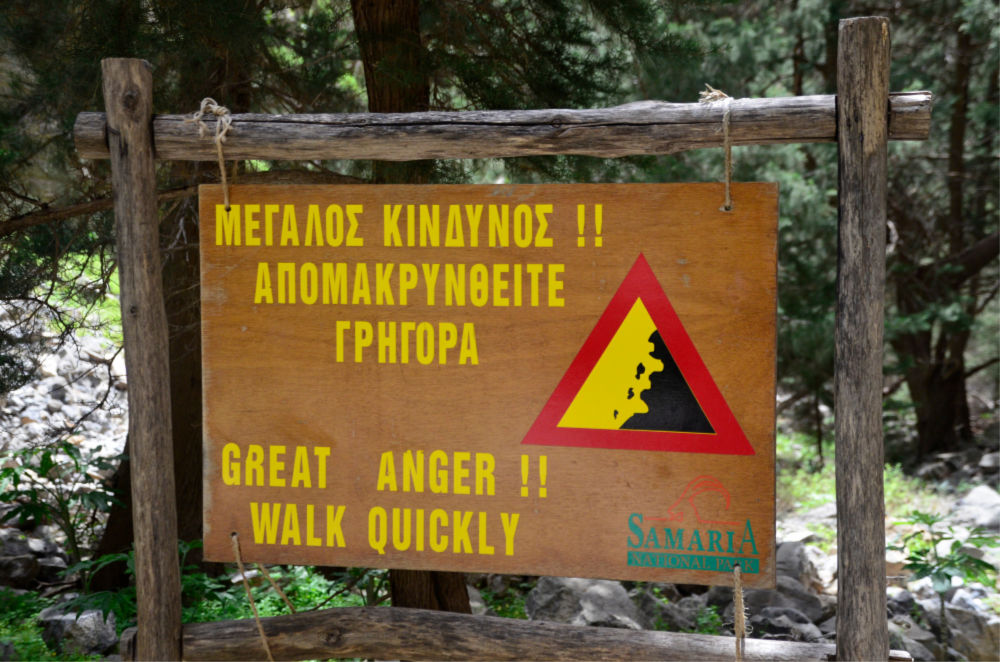

There are also a lot of ankle injuries, which came as a surprise to no-one; when someone can’t walk donkeys are used to carry people out and, on some occasions, helicopters. People have died here from heart attacks and two Poles, who turned right at the very top of the gorge instead of descending, were found dead three days later in some remote place.
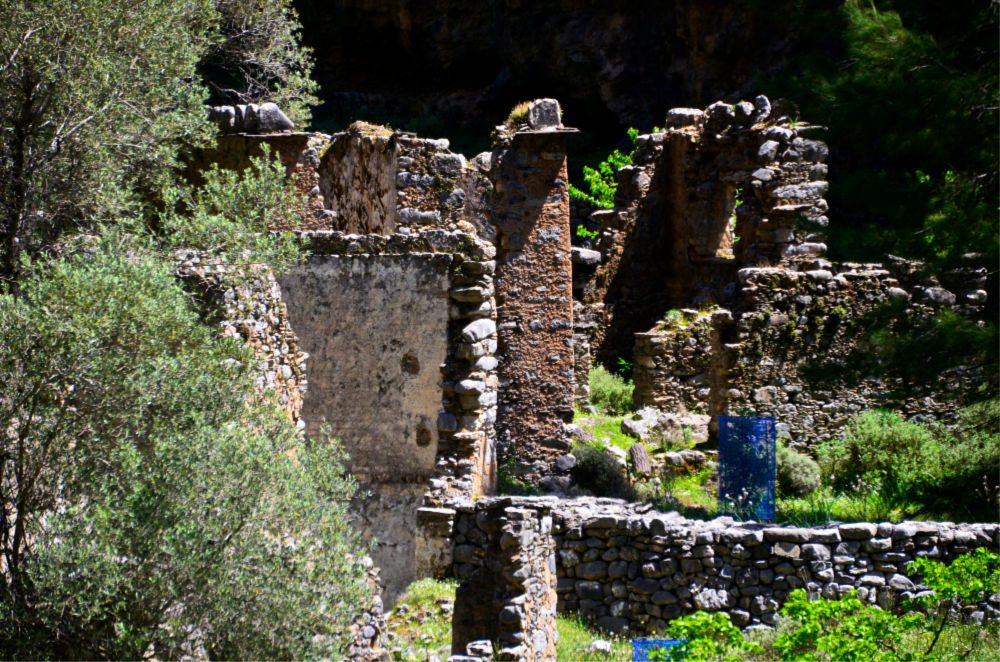
As I rose to continue, my legs reminded me they weren’t entirely enjoying the experience, but I got into a rhythm again. Then, sometime before the next stop, I was suddenly all alone. For about half an hour there was an eerie silence – no voices, just the occasional twitter of the forest birds. As the gravel crunched beneath my hiking shoes and I glided between the wildflowers, the feeling of being alone had rarely been more pronounced.
Everyone stops at the major rest points and we felt like we were really making headway when we reached the 7km halfway stop. Out came the hard-boiled eggs and bananas, washed down by water from one of the many spring water fountains found en route.
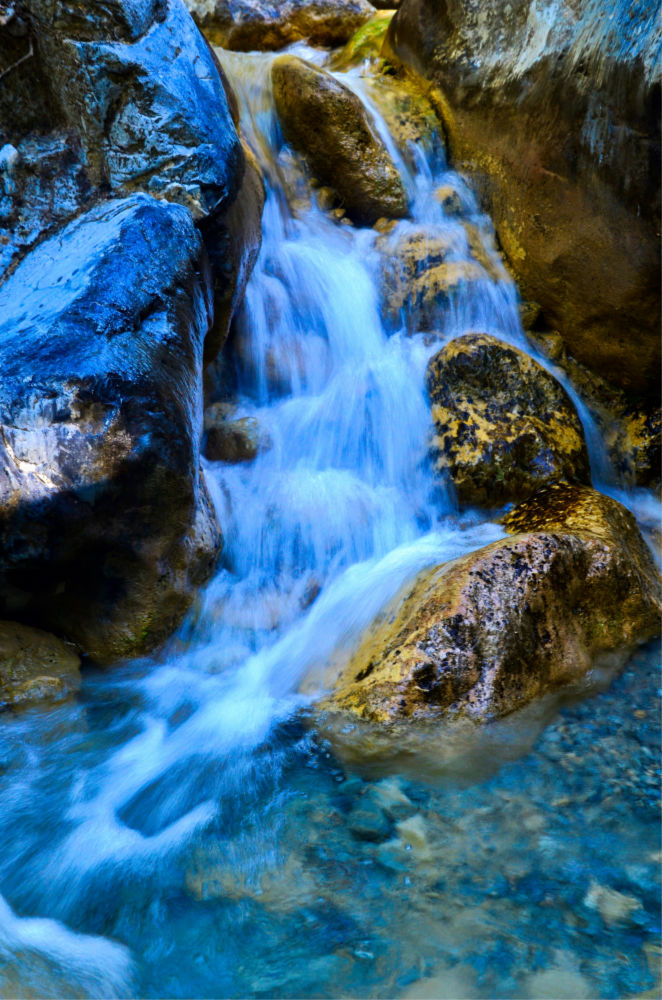
Several creek crossings later, at around the 10-kilometre mark, my legs were telling me they were not happy, but I had expected this. I tried watching the feet of a Polish man in front of me until we neared the Iron Gates, where the gorge narrows to a reputed width of three metres. Personally, I think someone needs to take a tape measure down there, it’s more like seven or eight. Still, with sheer walls towering thousands of feet above, you can’t help but look up and be impressed.
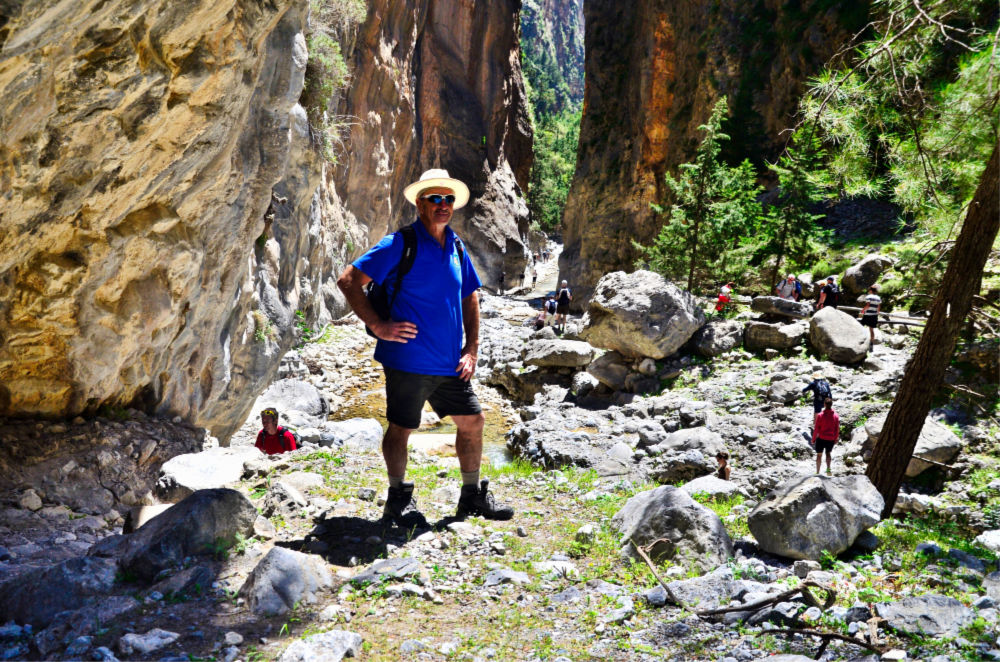
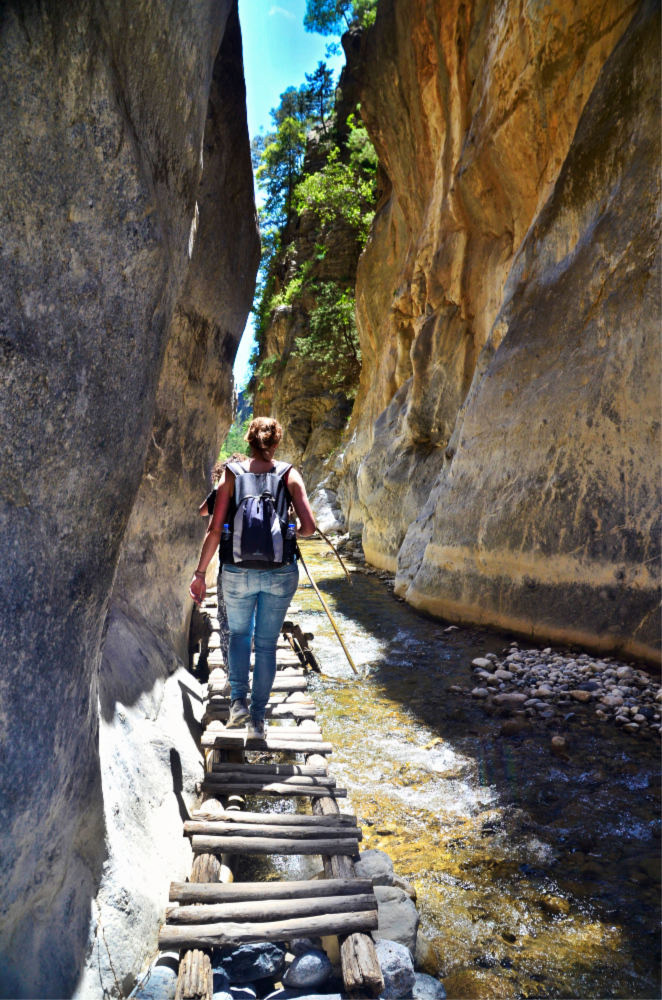
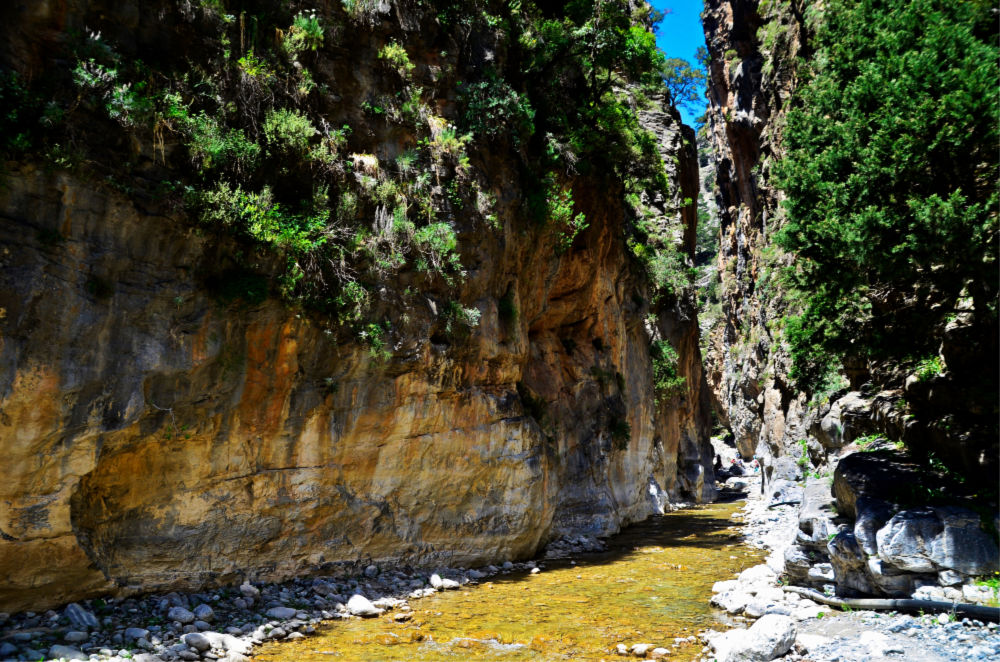
You have to walk along a makeshift boardwalk parallel to the stream or get your feet wet. The numerous bridges fall well short of Australian OH&S standards, but I was grateful for them nonetheless.

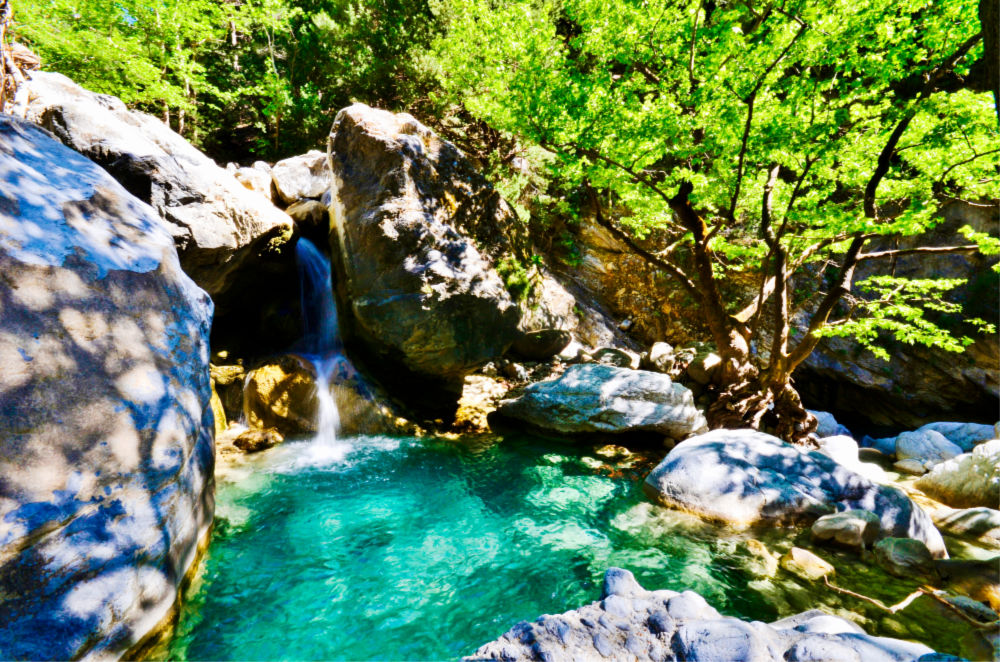
The last two kilometres couldn’t pass quickly enough; our goal being Agia Roumeli, the small beachside village that marks the end of the gorge. These days it’s all tourists and tavernas by the beach, and on arrival I collapsed into a seat and ordered some moussaka.
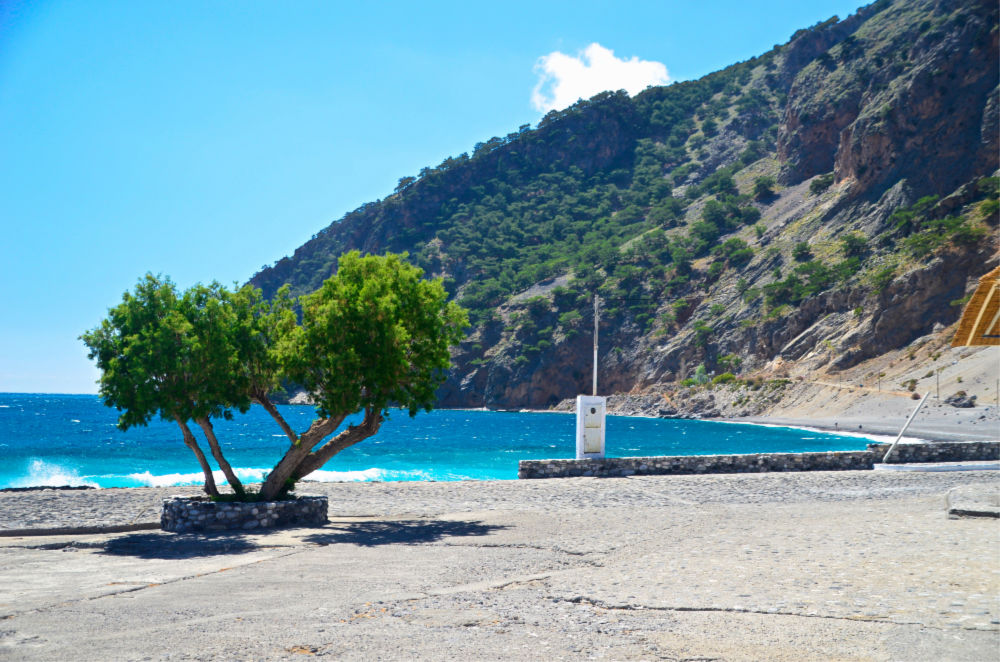
At the end of this repast the worst thing all day happened; I had to stand up again! My legs sent me numerous messages that I sadly had to ignore in order to go to the toilet. As I went, I glanced at the ferry queue; far from decreasing, it was approaching dimensions that had me wondering if I’d manage to escape this isolated village that day.
The ferry eventually arrived over an hour late. Our destination was Sfakia, where our coach awaited with 13 others. The journey took an hour and a half – a trip our Santorini ferry would have done in 15 minutes. This was the world’s second-slowest ferry (the slowest one must only have one gear – reverse), but this place is so remote it’s the only way out, other than making your way back up the gorge.
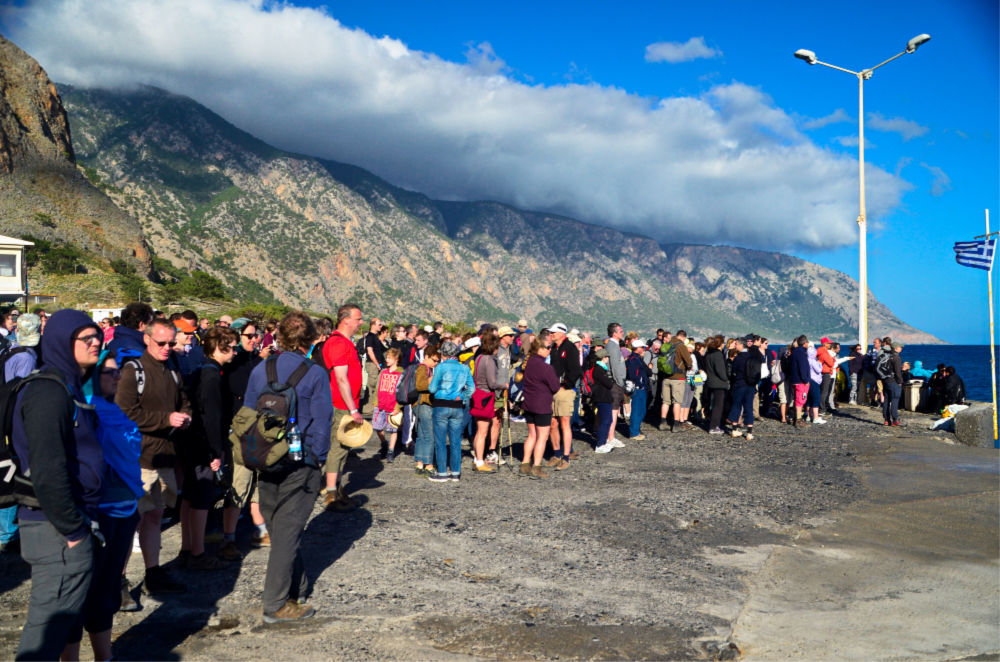
Meanwhile, back at Chania, someone was obviously having kittens and when the phone rang on the bus I had an educated guess who it might be. Our proposed return time had been 8pm, but it was closer to 10pm when I finally fell through the door. It had been a 17-hour day, but boasting rights had been restored.